We know Australian-made cars are near the end of the road but did you know Ford as an entire brand has just recorded its lowest sales in almost half a century?
Australia’s oldest surviving car maker Ford has posted its worst sales in almost half a century -- even though the new-car market enjoyed its second-highest year on record -- historical figures unearthed by News Corp have found.
The last time Ford sold fewer vehicles than it did in 2014 was in 1966, the same year Australia introduced decimal currency and Robert Menzies handed the Prime Minister’s office to Harold Holt.
Popular songs of the time included These Boots Are Made For Walking, by Nancy Sinatra, and the hit movie The Sound Of Music starring Julie Andrews was released that year.
RELATED: Ford throws down a $200 test drive challenge
MORE: Holden to overtake Toyota by 2020
Ford sold 79,703 vehicles in 2014 according to figures from the Federal Chamber of Automotive Industries, compared to 83,197 in 1967 and 68,520 in 1966, according to figures from Australian Automotive Intelligence which has archived Bureau of Statistics data.
By comparison, Holden’s 2014 result was its lowest tally in 21 years and it is on track to be overtaken by Mazda and Hyundai.
Ford and Holden dominated sales for more than 50 years before Toyota began its 12-year winning streak.
The historic Ford and Holden rivalry battle will resume in 2015 -- but it will likely be for fourth and fifth place on the sales charts.
Established in 1925, Ford is the oldest of Australia’s three remaining car manufacturers but it was the first of the trio to announce factory closures. Its Broadmeadows car assembly line and Geelong engine factory will be shuttered in October 2016.
The sales slump is significant because the figure covers every model in the Ford range, not just the Falcon sedan and Territory SUV which are about to become extinct.
Ford sold more than 100,000 vehicles every year from 1970 to 2008, but has been in a 10-year sales slide since 2005.
The 2014 tally is less than half Ford’s peak of 30 years ago: 170,811 sales in 1985.
The homegrown Falcon last led the new-car market in 1995 with 81,300 sales, a record for the model.
But the Holden Commodore took the lead in 1996 and began a record 15-year dominance before it was knocked off the top spot by the Mazda3, the first imported car to lead the Australian market since before World War I, according to Pedr Davis, 85, a veteran automotive journalist, historian and author.
Last year the former family favourite, the Falcon, didn’t even make it into the Top 20 sellers and was overtaken by imports such as the Volkswagen Golf and Mercedes-Benz C Class, a scenario that would have been scoffed at just a few years ago.
A highlight for the struggling brand, however, was that Ford significantly closed the gap in sales between the top-selling Toyota HiLux ute and its Ranger pick-up, with sales up 22 per cent in a market down by 2 per cent.
Ford has a raft of new models around the corner -- including the first factory-built right-hand-drive Mustang in 50 years -- and plans to introduce 20 new vehicles by 2020, doubling the range of 10 vehicles it sells today.
But executives stopped short of saying Ford would return to market leadership and admitted it could take another two years before sales turn around.
“This will be the biggest model revitalisation in our history,” Ford Australia boss Bob Graziano told media at a model preview in December.
When asked when Ford would begin to post a sales increase, Ford’s Australia’s head of sales and marketing Graeme Whickman said: “When you look at the quantum of vehicles we have coming … you would expect (sales growth) in the next 18 to 24 months”
In recent months Ford has boldly tackled market leader Toyota head-on with “attack” advertisements that pitch Fords directly against its rivals. It is a common tactic in the US but rarely used in Australia.
In one advertisement Ford offers customers $200 if they buy a rival vehicle after testing a Ford; in another advertisement a Ford utility tows two Toyota HiLuxes.
While Toyota is a sales leader, we don’t necessarily see them as a product leader.
When asked how effective Ford’s attack ads against Toyota were, Mr Whickman said: “It’s in an early stage, we’re not trying to come across as arrogant or pump our chest. I wouldn’t call it arrogant, I’d say it’s challenging. We’re trying to come across as optimistic and confident at the same time.”
Mr Whickman said the Ford advertisements were not designed to get customers off-side or offend loyal followers of rival brands.
“You’ll notice we don’t talk about the other products in a derogatory tone … what we’re saying is ‘take a look at our product, you may not have in the past, give us a chance to consider us’.”
Unlike Holden, which boldly claimed last year it would overtake Toyota by 2020, Ford says it has no plans to topple the market leader.
“Success isn’t overtaking Toyota,” said Mr Whickman. “We’re not going to measure ourselves in that way. While Toyota is a sales leader, we don’t necessarily see them as a product leader.”







.jpg)
.jpg)
.jpg)

.jpg)



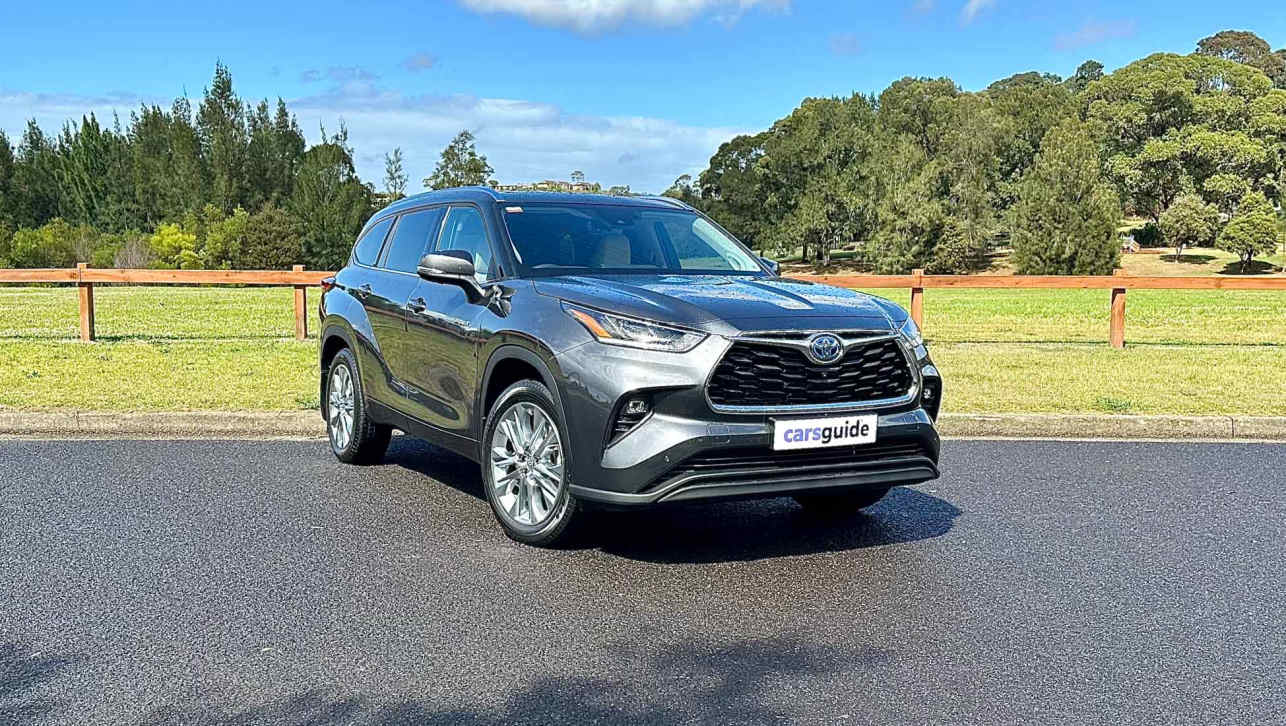
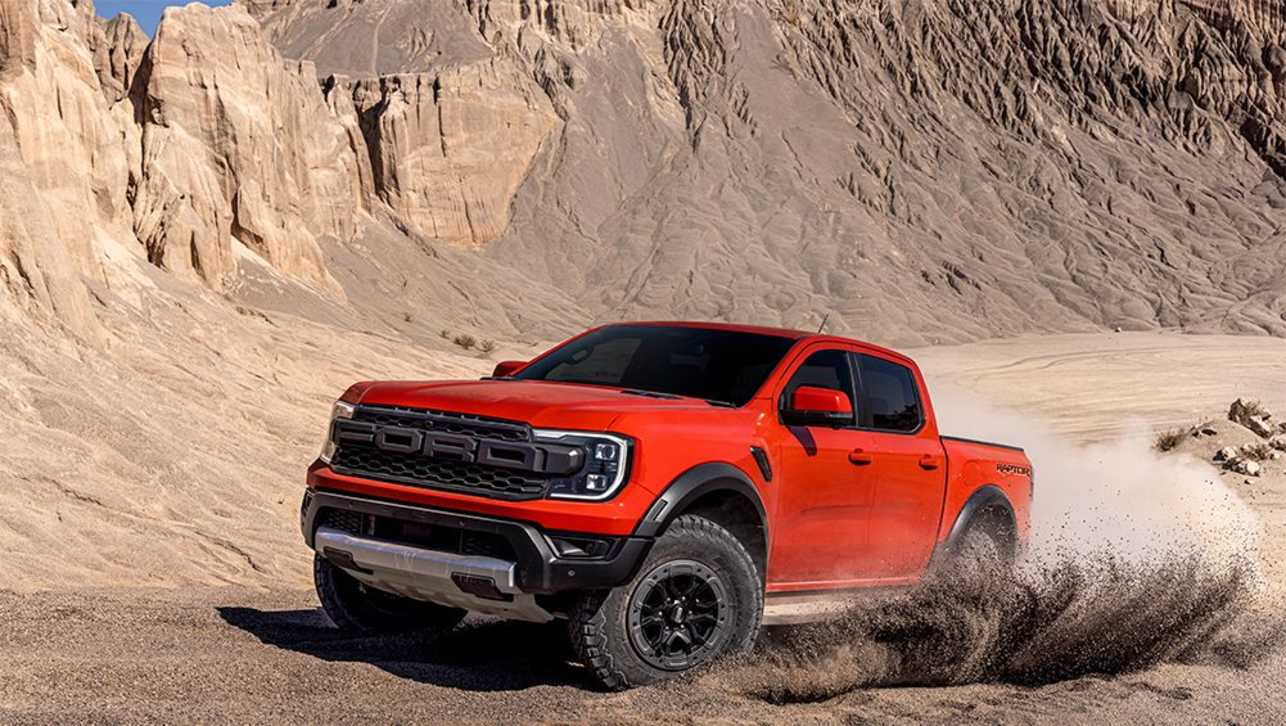
.jpg)



















.jpg)

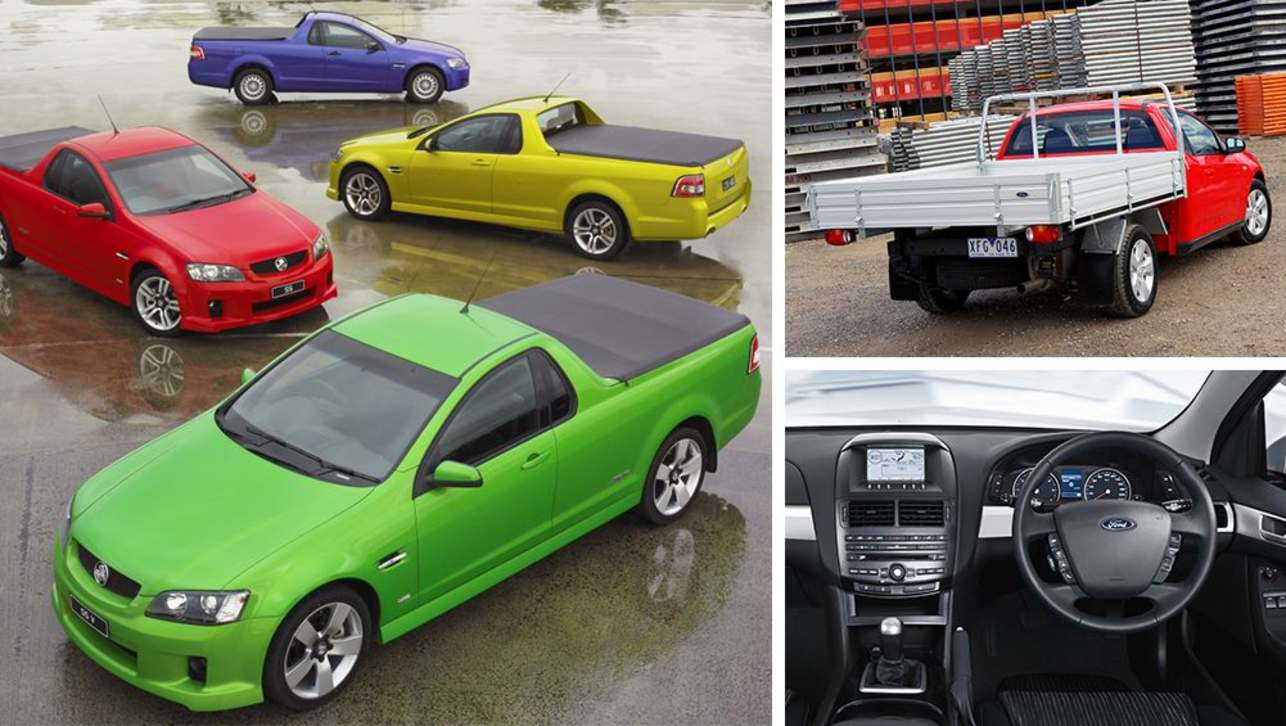
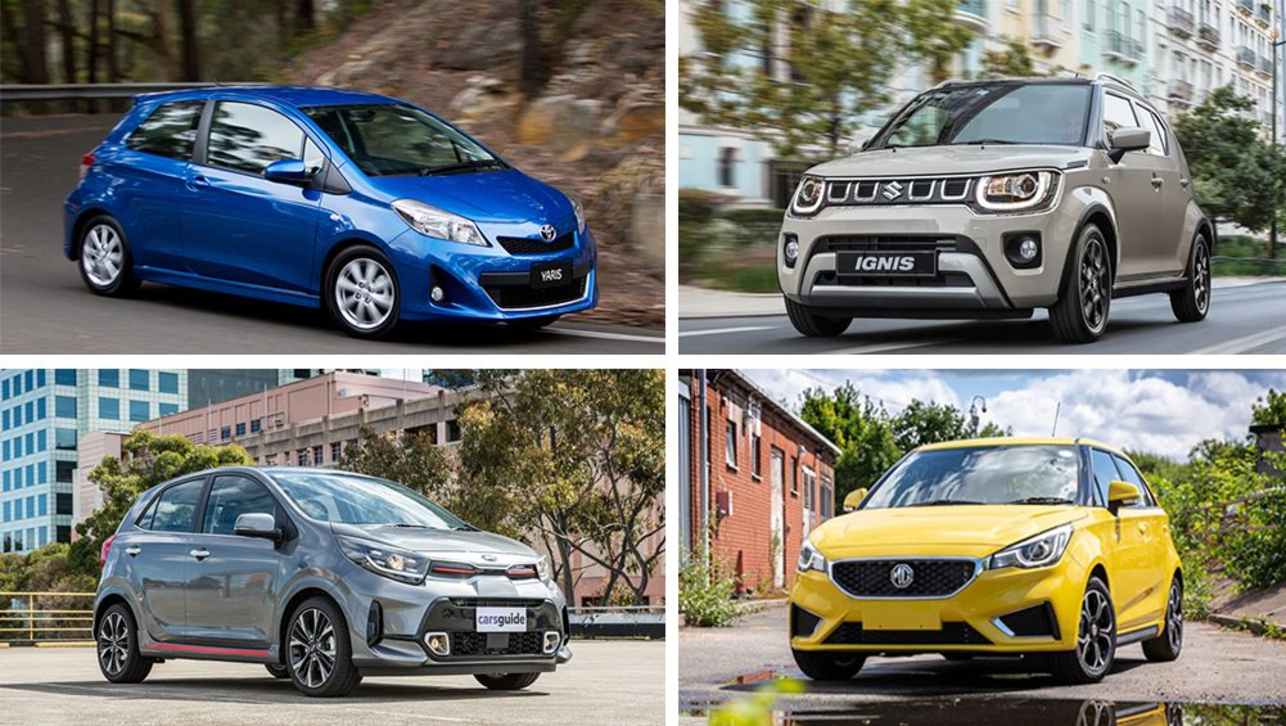
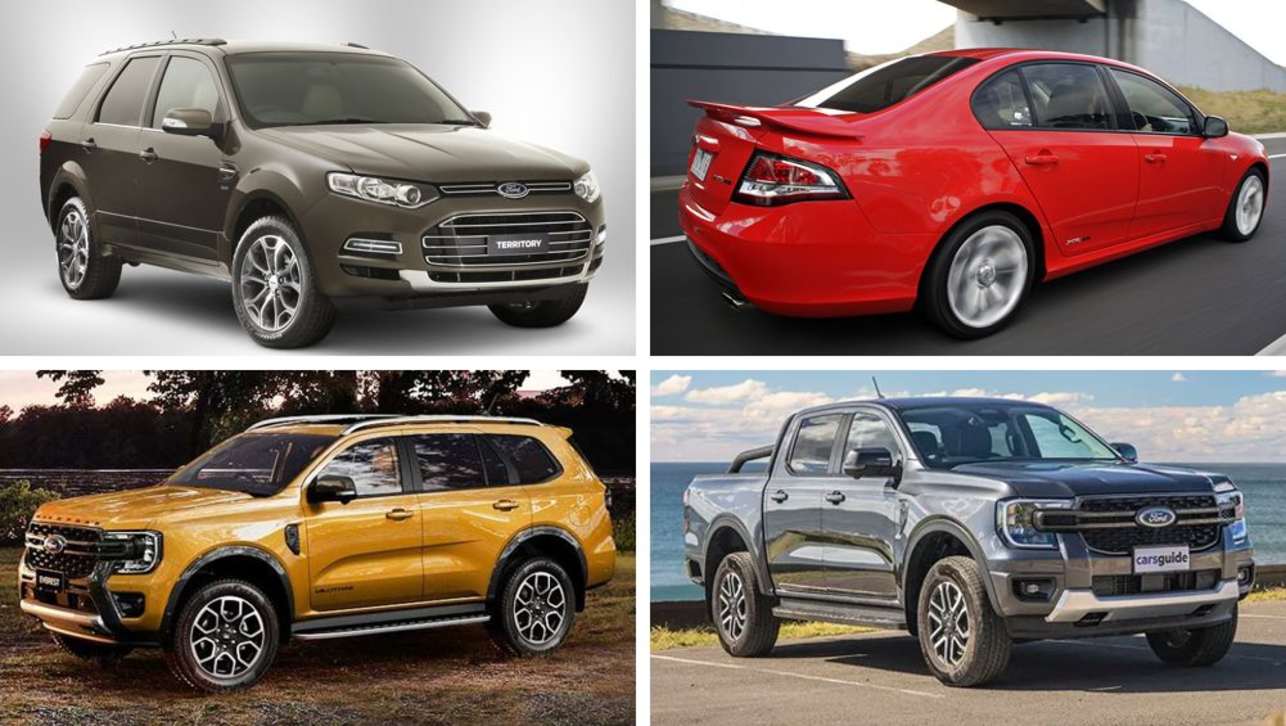
.jpg)
.webp)




Comments